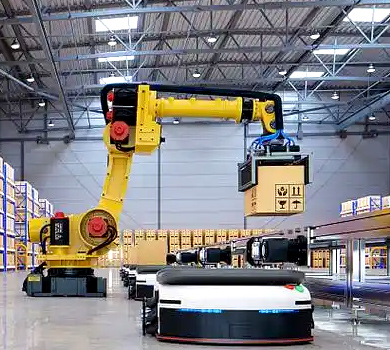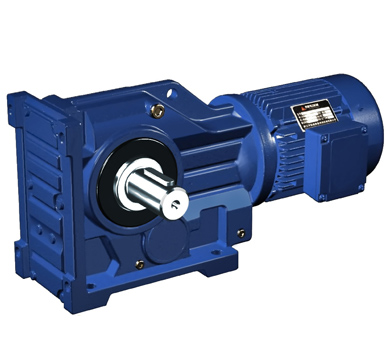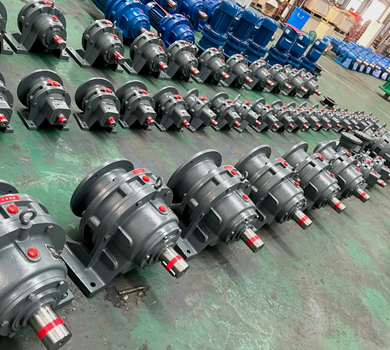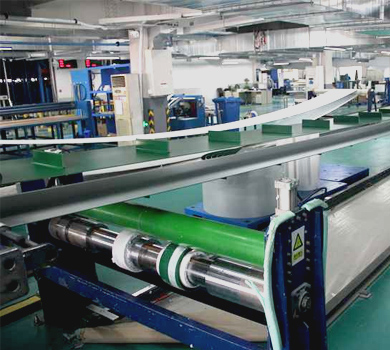Core insert positioning in injection molding automation is a highly specialized field where precise motion control, high mechanical reliability, and compact design are critical. These systems often integrate robotic arms for high-speed and accurate core insert positioning, demanding high-torque, high-precision, and compact transmission components. The trend toward higher productivity, miniaturization, and energy efficiency in the injection molding industry has created significant challenges for traditional gear systems.
1. Industry Challenges and Pain Points
Modern injection molding machines rely on robotic solutions for automated core insert positioning. These robots operate under high-speed and high-torque conditions, with minimal tolerances for positioning errors. Typical system components include high-precision servo motors, gearheads, and control units. While the integration of such components enhances productivity, it also introduces several technical bottlenecks:
- High Load and Vibration: Core insert positioning requires frequent high-torque start-stop cycles, leading to stress and wear on transmission components.
- Space Constraints: Machines are trending toward compact and modular designs, which challenge the integration of separate motor and gear systems.
- High Energy Consumption: Traditional multi-component systems often suffer from energy inefficiency, especially during acceleration and deceleration phases.
- Environmental Sensitivity: In many cases, systems operate in clean rooms or high-temperature environments, requiring gear motors with high IP ratings and thermal resistance.
- Short Maintenance Cycles: Frequent maintenance due to mechanical wear affects overall equipment effectiveness (OEE) and production uptime.
2. Critical Role and Technical Requirements of Gear Units
In the core insert positioning robot rotation system, the gear unit plays a pivotal role in ensuring precise and repeatable motion. Key performance requirements include:
- High Torque Density: Ability to deliver high torque in a compact form factor.
- Backlash and Accuracy: Minimal backlash and high angular precision for repeatable positioning.
- Dynamic Response: Fast acceleration and deceleration with high responsiveness for high-cycle applications.
- Compatibility with Servo Motors: Must align with the control loop and motor integration to maintain system stability.
- Environmental Adaptability: Capable of functioning in high-temperature, dusty, and/or humid conditions.
- Long Service Life and Low Maintenance: Must meet the industry’s demand for long operational cycles with minimal servicing.
3. Waimica's Three-in-One Gear Motor Solution
Waimica has developed a customized three-in-one gear motor system specifically for core insert positioning applications in injection molding automation. This system integrates a high-torque gear unit, a high-performance servo motor, and an advanced controller into a single, compact unit. Key features and technical advantages include:
- Compact and Modular Design: Facilitates easy integration into tight spaces and supports quick installation and maintenance.
- High Torque and Precision: The gear unit achieves a maximum output torque of up to 300 Nm and backlash below 1 arc minute.
- Energy Efficiency: Overall system efficiency is over 90%, significantly reducing power consumption during operation.
- Robust Environmental Protection: IP67 rating ensures reliable performance in challenging industrial conditions, including high temperature and dust environments.
- High Dynamic Response: The integrated motor and controller allow for fast and smooth motion control with a response time of less than 20 ms.
Below is a comparison of Waimica's three-in-one gear motor with leading international brands in key technical parameters:
| Output Torque (Nm) | Backlash (arc min) | Efficiency (%) | The three-in-one gear motor from Waimica has been widely adopted in injection molding automation projects, especially in high-speed core insert positioning systems. A notable case involves a European automotive component manufacturer that sought to upgrade its robotic rotation system to improve speed and reduce maintenance costs.
|---|
| Performance Metric | Before Waimica | After Waimica |
|---|---|---|
| Positioning Accuracy (± arc min) | 3.5 | 0.8 |
| Service Life (Operating Hours) | 10,000 | 25,000 |
| Energy Consumption per Cycle (kWh) | 0.32 | 0.21 |
| Mean Time Between Failures (MTBF) | 5,500 | 12,000 |
The customer reported a 30% increase in production efficiency and a 50% reduction in maintenance frequency within the first year of deployment.
4. Conclusion and Waimica's Brand Value
Waimica's three-in-one gear motor demonstrates its deep technical capabilities in motion control solutions for injection molding automation. With a combination of compact design, high performance, and customization flexibility, Waimica provides a cost-effective alternative to traditional foreign brands while meeting or exceeding international technical standards.
As the industry moves toward greater automation and precision, Waimica is well-positioned to deliver long-term value through robust product design, rapid delivery, and a strong global technical support network. Waimica's solutions not only enhance the operational efficiency of core insert positioning systems but also contribute to the sustainability and profitability of the broader injection molding industry.









